ZL1: One Camaro To Rule Them All
Rather than bringing back the long-running Z28 label for its new top-of-the-line Camaro, GM has reached back even further into the history books for an even more prestigious heritage label: ZL1. GM’s presser (more here) for the 6.2 liter supercharged, 550+ HP, Brembo- and Magnetic Ride Control-equipped ZL1 explains:
When the muscle car war was at its peak in the ’60s, enterprising and racing-minded dealers did everything they could to get more powerful cars from the factory. Some Chevrolet dealers discovered that the company’s special order system known as COPO – the acronym for Central Office Production Order – could be used for higher-performance powertrains. It was intended for dealers to place custom orders for things like special paint packages for fleet vehicles, not building factory hot rods. Nevertheless, Camaro-hungry dealers used the system to request larger, 427-cubic-inch engines and other equipment that wasn’t available in regular-production models.
The ZL1 427 engine was originally developed as a racing engine for the Can Am series, where early all-aluminum 427 engines had delivered encouraging results in vehicles such as the groundbreaking Chaparral 2F race car. It was similar to Chevrolet’s L-88 427 engine, which had an iron engine block and aluminum heads, but the ZL1’s aluminum block reduced the engine’s overall weight by more than 100 pounds. That was a tremendous benefit for racing, not only because of the obvious weight savings, but it also enhanced the race cars’ overall balance.
In 1969, Illinois-based Chevy dealer Fred Gibb stretched the COPO system to its limit when he ordered 50 Camaros with the new ZL1 racing engine. The idea was to pack the most powerful engine available from Chevrolet into otherwise regular Camaros and sell them to racers. The ZL1 engine was officially rated at 430 horsepower, but was known to produce more than 500.
Despite never being intended for use in a regular-production car, Gibb’s COPO order was fulfilled – but not before a few other dealers got wind of it. They ordered a few, too, and production totaled 69 Camaros (two production Corvettes also were built with the engine).
Of course, not only is the ZL1now a production model, the same engine and suspension are also available in a more tailored, uptown set of duds as the CTS-V coupe. Still, the LSA engine is the kind of rare beast that will not be around much longer, so far be it from us to criticize GM for putting it into everything they can, while they still can. And considering the CTS-V is already a performance bargain, one hopes that the Camaro ZL1 will make the LSA’s pupil-dilating power even more attainable.
More by Edward Niedermeyer
Latest Car Reviews
Read moreLatest Product Reviews
Read moreRecent Comments
- InCogKneeToe Wow, memories. My Parents have a Cabin on a Lake, I have a Plow Truck and Friends, access to Lumps (old tired autos). What happens? Ice Racing!. The only rules were 4 cylinder, RWD only. Many Chevettes were destroyed, My Minty 1975 Acadian Hatch Auto with 62,000kms, did also. Rad, Rad Housing etc. My answer, a 1974 Corolla Hatch 4 speed, the rest of the Vettes took offence and Trashed the Yota. It was so much quicker. So rebuttal, a 1975 Celica GT Notch, 2.2L 20R, 5 Speed. Needed a New Pressure ate but once that was in, I could Lap the Vettes, and they couldn't catch me to Tag me.
- 28-Cars-Later I'm not sure when it was shot, but I noticed most shots featuring a Ford are pushing the BEV models which haven't sold well and financially kicked the wind out of them. is it possible they still don't get it in Dearborn, despite statements made about hybrids etc.?
- ToolGuy I watched the video. Not sure those are real people.
- ToolGuy "This car does mean a lot to me, so I care more about it going to a good home than I do about the final sale price."• This is exactly what my new vehicle dealership says.
- Redapple2 4 Keys to a Safe, Modern, Prosperous Society1 Cheap Energy2 Meritocracy. The best person gets the job. Regardless.3 Free Speech. Fair and strong press.4 Law and Order. Do a crime. Get punished.One large group is damaging the above 4. The other party holds them as key. You are Iran or Zimbabwe without them.



















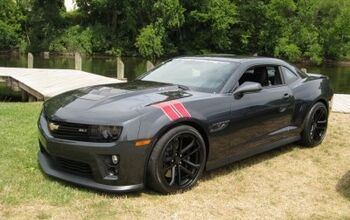
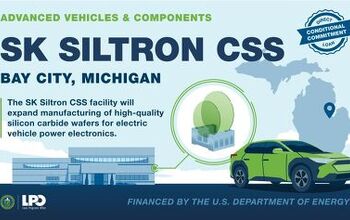

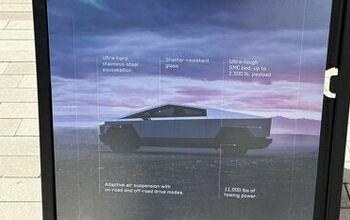

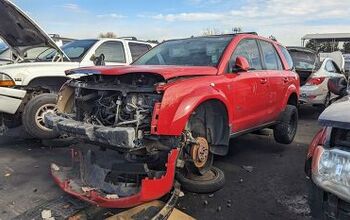


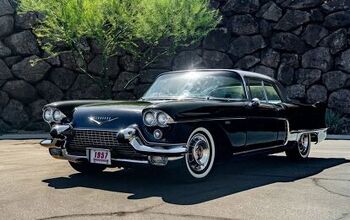
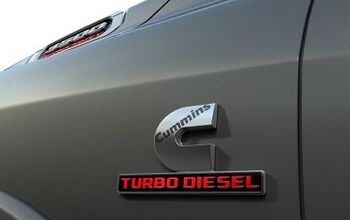

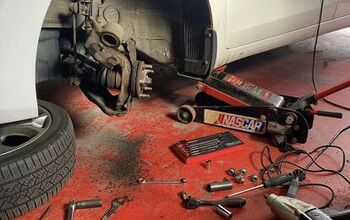


Comments
Join the conversation
If it's in the $50k range which it probably will be I'd much rather have the Vette.
A great car harpooned by the worst styling of any Camaro, ever.